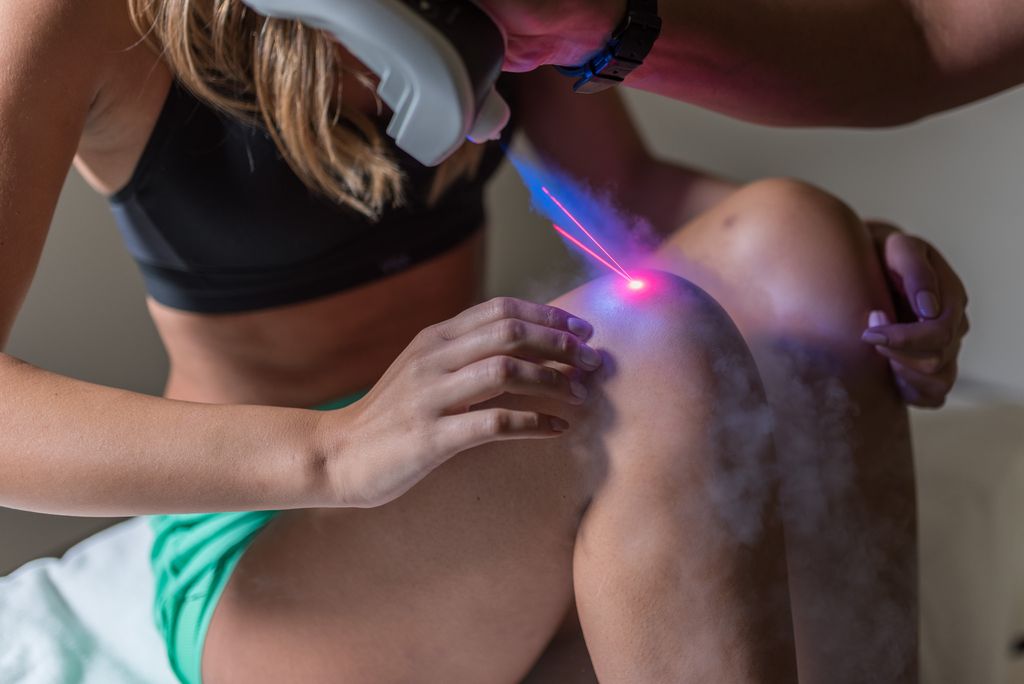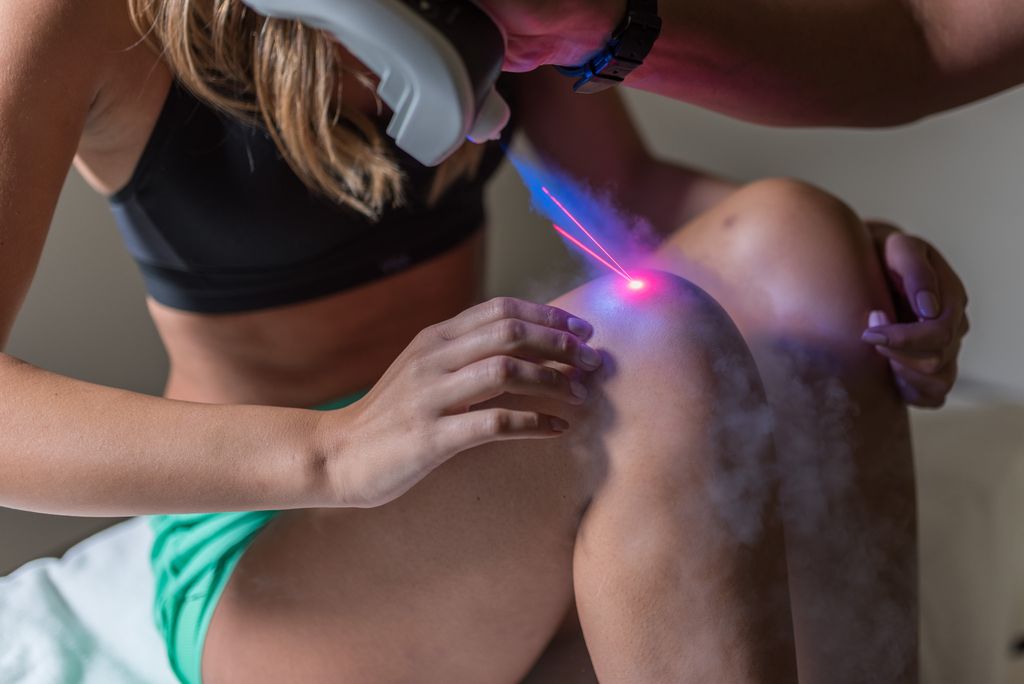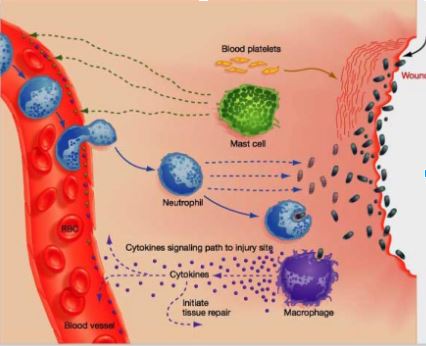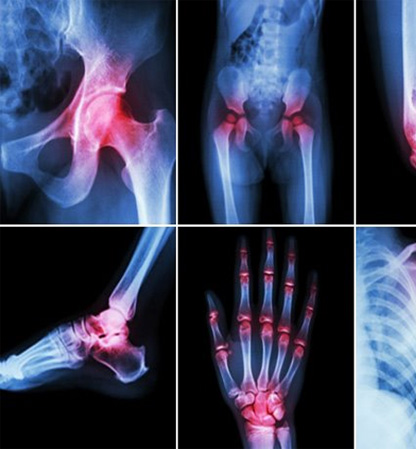What Happens Within a Physiotherapy Session at °CRYO
Physiotherapy is a health care profession that assists to restore, maintain and maximize strength, function, movement and overall well being. At °CRYO we offer °CRYO Freezio which is the perfect combination of Physical Therapy along with Cryotherapy to obtain maximum
Why is Recovery So Important? And How Can Cryotherapy Help!
Athletes and individuals who engage in physical activities and strenuous routines are prone to develop musculoskeletal sports injuries, which may result from accidents, improper use of the equipment and poor training practices including failure to do warm-up and stretching exercises.
Local cryotherapy acute soft tissue injury care management, let’s call the POLICE
“Somebody get ICE!” an often used reflex when somebody just sprained his ankle or felt on his wrist. The use of ice or cryotherapy in acute soft tissue injury is a well-known strategy to cope with the first problems of swelling and pain, despite a paucity of scientific data that support this strategy. Throughout the years it became evident that cryotherapy should not be an act on its own but needs to be part of an integral approach.
Cryotherapy for Athletes: How Cryotherapy Can Maximise Pain Management and Relief
All athletes sustain injuries at some point, from professional sports people to fitness enthusiasts to people who just play sport to relax. These injuries are often treated with ice to reduce inflammation and relieve pain. In the most basic terms, this is the science that cryotherapy uses and a reason why this particular treatment is so popular among professional and amateur athletes. Here’s how cryotherapy helps with pain management and pain relief.
Which to Choose: Localized or Whole-Body Cryotherapy?
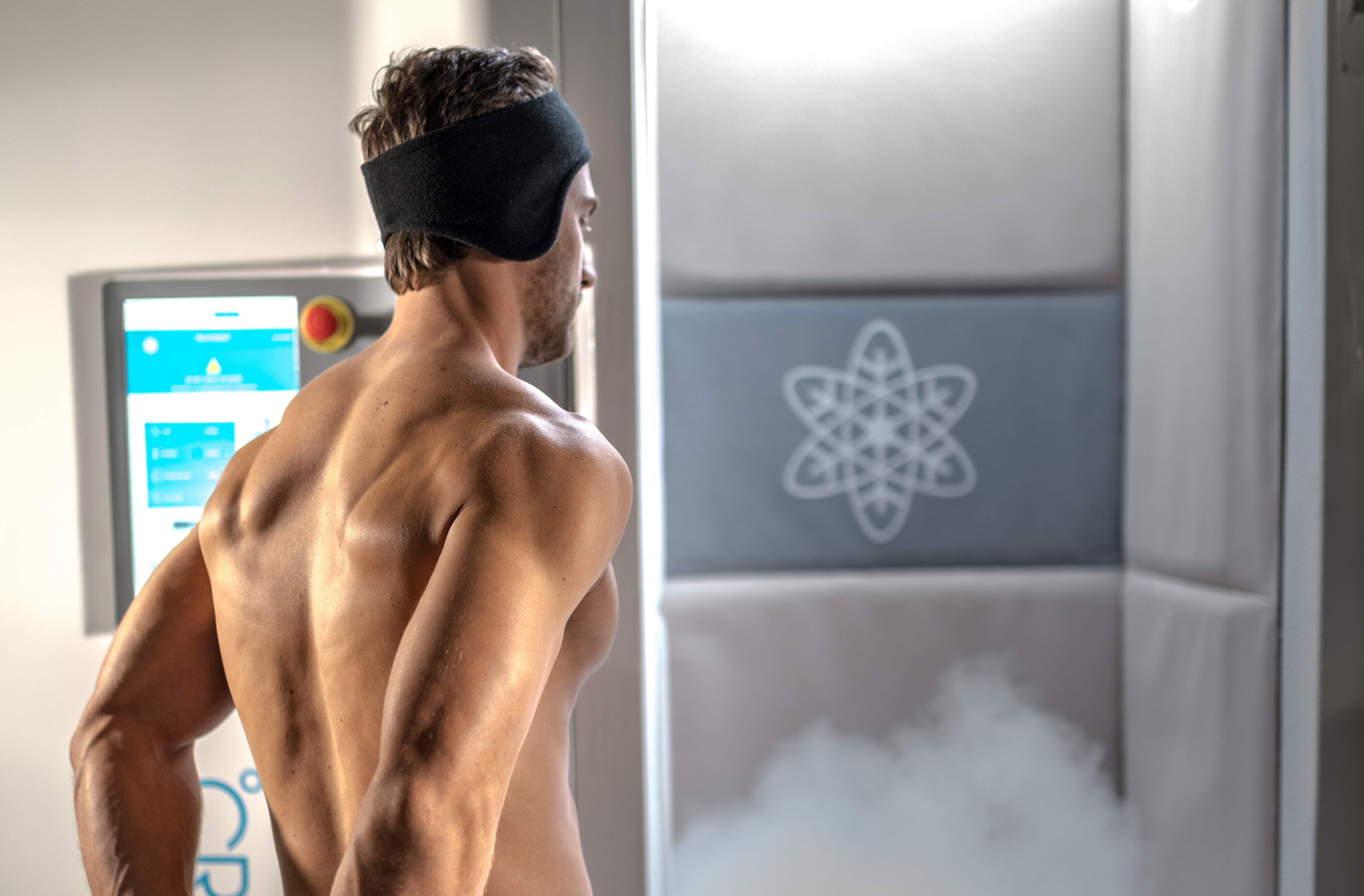 Cryotherapy is associated with low temperatures and extracting energy. Two typical applications are localized cryotherapy and whole-body cryotherapy, two different modalities with noticeable different effects…. which to choose and when?
Cryotherapy is associated with low temperatures and extracting energy. Two typical applications are localized cryotherapy and whole-body cryotherapy, two different modalities with noticeable different effects…. which to choose and when?
Cryotherapy and Inflammation, Where is the Benefit and its Applications?
We probably all know the feeling, it hurts when you touch it, it feels swollen and warm, it looks red and you can actually feel your heart beat; the cardinal signs of an inflammatory response. This type of response might occur when you just sprained your ankle or recently had a surgery to your shoulder. When you think about it, you probably put ice on it or tried to cool it down in another way. It is commonly accepted that cryotherapy has an anti-inflammatory effect after soft tissue injury but why and how does it work?
6 Tips to Speed Up Recovery After Exercise
Rest and recovery is an essential part of any physical training routine. Your after-exercise recovery routine has a big impact on your fitness gains and sports performance and allows you to train much more effectively. Unfortunately, most people don't have an after exercise recovery plan. Here are some tips to get your post-workout plans on track.
The ABCD’s of Arthritis
Arthritis affects millions of people all over the world. In fact, from the year 2010 – 2012, approximately 52.5 million adults (22.7%) in the United States were diagnosed with some form of arthritis. Unfortunately, this number is projected to reach 78 million (26%) by the year 2040. Aside from this, arthritis is also considered as one of the leading causes of disability attributed to work limitation and increased risk of falls and injuries (Centers for Disease Control and Prevention, 2016).



